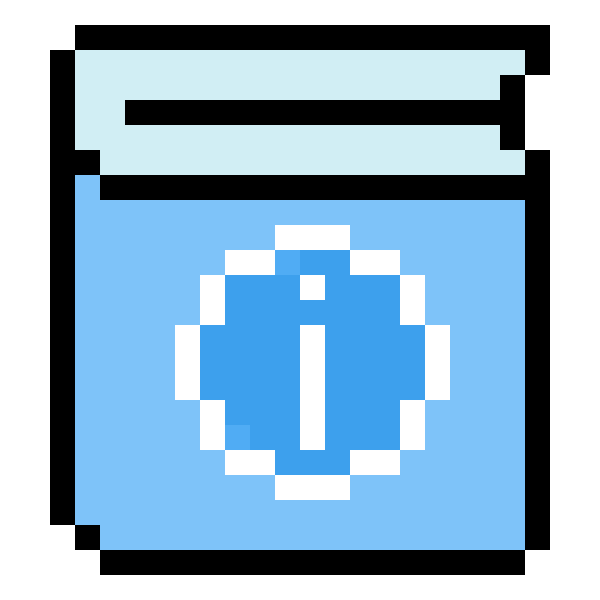1,186 reads
Introduction and Setup of an AI Project for Web Devs with QwikJS
by
September 15th, 2023
Audio Presented by
Story's Credibility

About Author
I want to help you build better websites. It's fun!

I want to help you build better websites. It's fun!